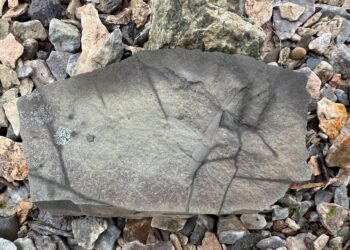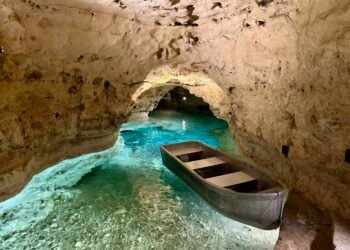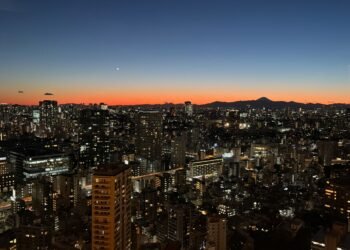On a recent trip to Tokyo, I headed straight to Odaiba to explore the Miraikan – Japan’s Museum of Emerging Science and Innovation. With its futuristic robotics, immersive space exhibits, and hands-on displays, this place completely drew me in. In this article, I share the highlights of my visit, practical tips, and why Miraikan is a must for science travelers.
1 Exploring the Cutting Edge: My Visit to Miraikan
I’ve always been fascinated by the way Tokyo effortlessly blends centuries-old traditions with futuristic innovation. From the shimmering skyscrapers in Shinjuku to the neon-lit streets of Akihabara, this city seems to have one foot in the past and one firmly planted in the future.
On my most recent trip to Japan this past January, I decided to dive headfirst into that world of innovation by visiting the National Museum of Emerging Science and Innovation – fondly known as Miraikan. Located in the Odaiba area, a district famous for its ultramodern architecture and hi-tech entertainment options, the museum stood out as a must-see for anyone curious about where science and technology are headed.
During this visit, I stayed once again at the Hotel Monterey Hanzomon – my second time booking this clean and centrally located Tokyo hotel. It’s right across from the Hanzomon Line subway, which made exploring the city effortless. While the rooms are compact (as most are in Tokyo), they’re spotless, quiet, and comfortable, a solid base for science-minded travelers. If you’re still planning your stay, you can also browse more Tokyo hotel options.
I’d been to Tokyo many years ago and remembered Odaiba’s futuristic vibe, but Miraikan felt like the next-level experience I needed to really appreciate Japan’s passion for cutting-edge technologies.

2 Quick Facts About Miraikan
- Official Name: The National Museum of Emerging Science and Innovation.
- Location: Odaiba district, Tokyo (close to Daiba Station on the Yurikamome Line).
- Established: 2001
- Key Focus Areas: Robotics, space exploration, life sciences, and global environmental issues.
- Signature Exhibit: Geo-Cosmos, a giant suspended LED globe displaying real-time Earth data.
- Typical Hours: 10:00 am – 5:00 pm (closed on Tuesdays; verify current hours before visiting).
- Admission Fees: Around 630 yen ($4.20 USD) for adults, with discounts for students and children.
- Family-Friendly: Interactive exhibits, hands-on displays, and live demonstrations appeal to kids and adults alike.
3 First Impressions and Arrival in Odaiba
The journey to Miraikan can be an adventure in itself, especially if you’re using Tokyo’s immaculate public transit system. I took the Yurikamome elevated train from Shimbashi Station, which offered fantastic views of Tokyo Bay as it glided gracefully over the Rainbow Bridge. The ride alone was a scenic preview of what was to come.
Stepping off at Daiba Station, I felt a rush of excitement as I walked into Odaiba’s wide, spacious streets lined with quirky buildings with their polished glass and steel gleaming in the winter sun. You immediately sense that this is the district where Tokyo’s imagination takes shape. It’s also a popular tourist hotspot, boasting entertainment complexes, shopping malls, and even a full-scale Gundam statue for anime enthusiasts.

As I approached the Miraikan building, I couldn’t help but be impressed by its sleek, contemporary design. It’s an architectural marvel in its own right – think curving glass facades and airy open spaces that seem to invite you inside. There’s a kind of openness and optimism built into the structure itself.
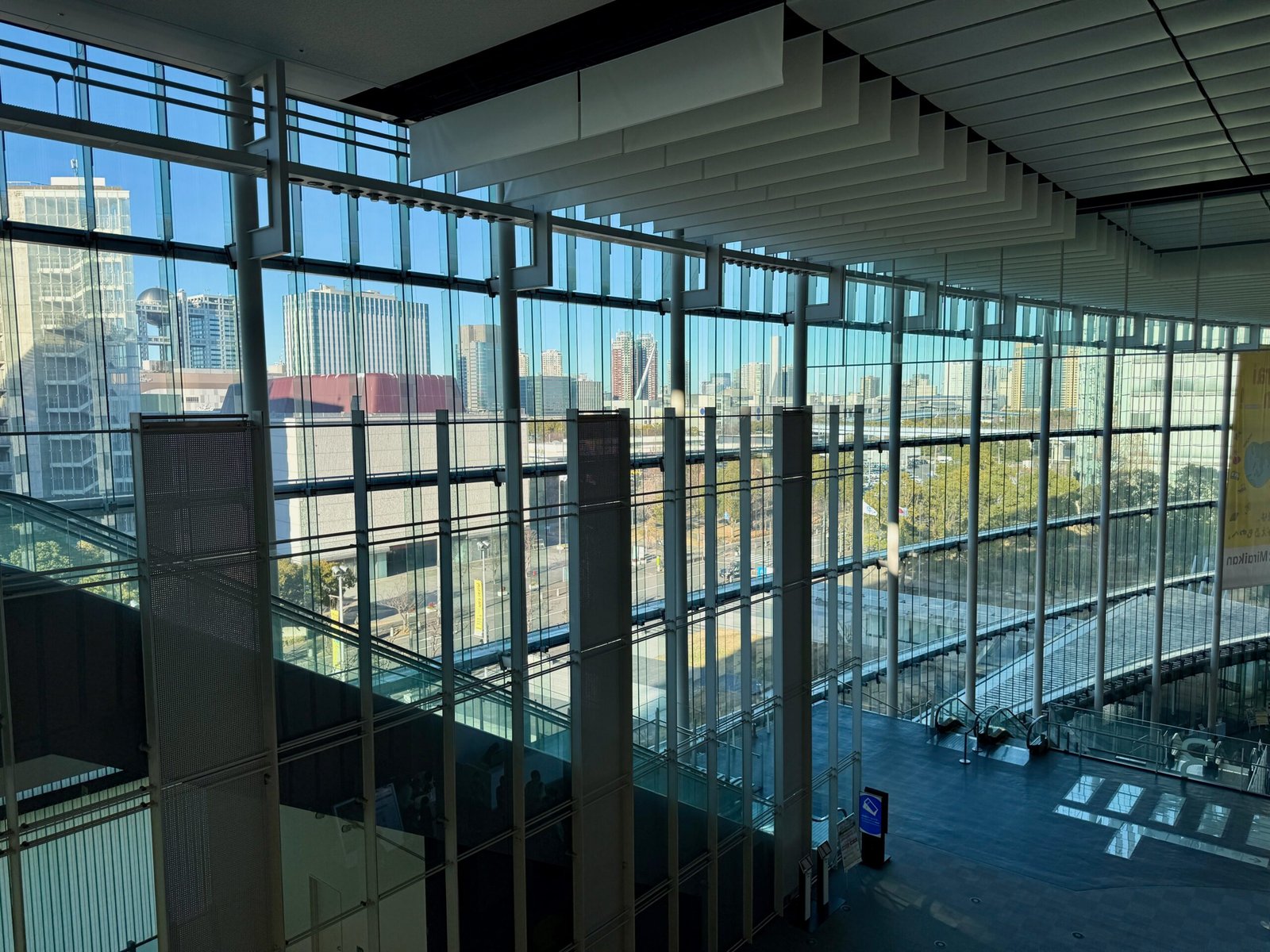
The transparent walls feel symbolic, almost as if to say: “Science is for everyone – come, look, discover!” The word Miraikan literally translates to “Hall of the Future,” and as I stood there, gazing up at its reflective surfaces, I sensed immediately that this was no ordinary museum. It’s a space where scientific wonders and emerging technologies are not only displayed, but celebrated.
4 Stepping Inside: A World of Possibility
Walking through the entrance, I was greeted by an expansive lobby buzzing with energy. Families, school groups, and solo travelers alike filled the space, their conversations blending into a background hum of excitement. Everyone seemed equally captivated by the promise of discovery that lay ahead. The Miraikan is arranged across multiple floors, each dedicated to different areas of science and innovation.
What immediately caught my eye was the open, multi-level design that allowed glimpses of the upper exhibits from the ground floor. I could see interactive zones above, alive with movement – kids pressing buttons, turning knobs, and diving into hands-on demonstrations. It felt less like a static museum and more like a living laboratory, where visitors weren’t just observing but actively taking part in the learning process.
I made my way to the information desk, picked up an English floor map, and took a moment to plan my route. With so many fascinating sections, ranging from robotics and space technology to healthcare and global environmental issues, I wanted to make sure I maximized my time. Before anything else, though, I was drawn to a spectacle I could see flickering overhead: a massive globe that seemed to float in midair. I’d read about it before coming here, but nothing prepared me for seeing it in person.
5 Miraikan’s Giant Geo-Cosmos Globe
Suspended from the ceiling in the heart of the museum’s main hall is what they call the Geo-Cosmos – an enormous LED globe that displays real-time data about Earth. It was almost hypnotic watching weather systems swirl across the planet’s surface, clouds shifting over continents and oceans in an ever-changing dance. At different intervals, the globe cycles through stunning visualizations: satellite imagery, tectonic plate movements, and even human-impact data like global carbon emissions.

I spent a good fifteen minutes just craning my neck, captivated by the sheer beauty and complexity of our planet rendered in digital precision. It was like watching Earth breathe.
The globe was, without question, one of my favourite features of Miraikan. There’s something uniquely awe-inspiring about seeing our world in such a dynamic, data-driven way, as it’s a powerful reminder of how deeply interconnected we all are.
Standing underneath it, I wasn’t alone in my fascination. Children were pointing and giggling, parents were explaining weather systems, and travelers were snapping endless photos. I could have stayed for hours, watching Earth animate through its many layers, but the rest of the museum was calling—with even more discoveries to be made.
6 You Might Also Like:
- National Museum of Nature and Science Tokyo: What to See – A guide to the must-see exhibits at Tokyo’s premier science museum, from dinosaur fossils to Japan’s natural history.
- Tokyo Tower Sunset: A Fiery Mount Fuji Rises at Twilight – Experience a breathtaking Tokyo Tower sunset where Mount Fuji glows against a twilight sky.
- National Air and Space Museum: Where Dreams Took Flight – Explore humanity’s greatest aerospace achievements—from the Wright Brothers to the Apollo missions – at Washington D.C.’s iconic Smithsonian museum.
7 Tokyo’s Robot Museum Experience: The Future of Tech
Eager to continue, I headed up to the third floor, known for its focus on robotics and the Internet. Japan’s prowess in robotics is legendary, and this floor lived up to that reputation. I was greeted by an array of robot prototypes and interactive displays, some demonstrating how machines are programmed, others exploring how they learn and how they might assist us in the near future.
One particular highlight was spotting a prototype robot slowly moving across the exhibit floor. It glided along with an almost casual confidence, followed closely by a museum assistant – likely there to monitor its path or intervene if it wandered too far. It was a surreal and fascinating sight, a glimpse of a not-so-distant tomorrow.
While today’s robots are fascinating in their own right, they reminded me of a true legend from Miraikan’s past – one that once stole the show.
Though no longer on display, Honda’s ASIMO still lives on in the memory of many museum-goers. For nearly two decades, this humanoid robot dazzled crowds with its lifelike movements, cheerful waves, and even basic conversations. From 2002 to 2022, ASIMO performed more than 15,000 live demonstrations at Miraikan, becoming a beloved fixture and sparking curiosity in visitors of all ages.
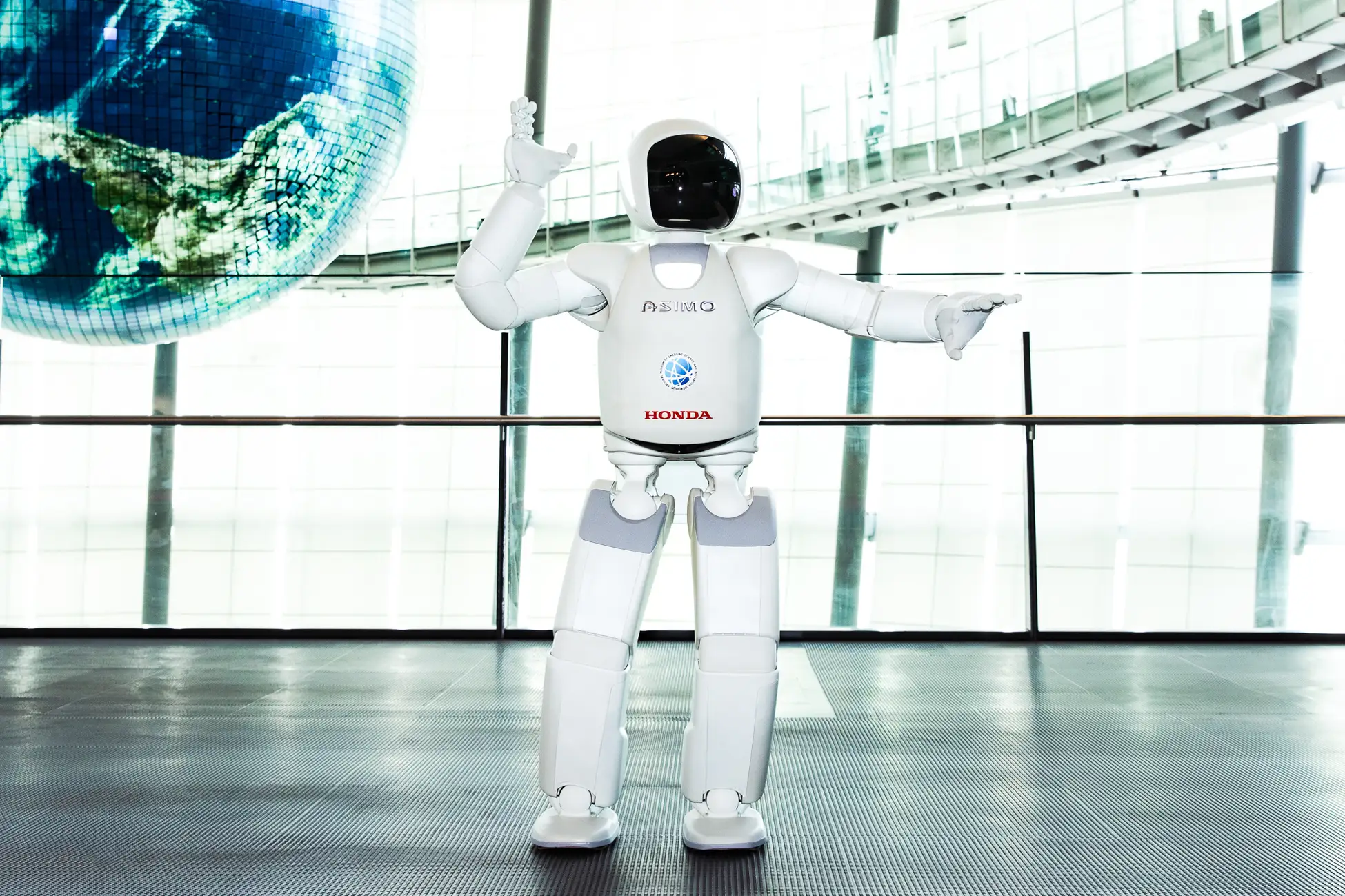
Though retired now, ASIMO remains a powerful symbol of Japan’s pioneering role in robotics. As I stood in Miraikan’s robotics hall, I couldn’t help but feel nostalgic, imagining the crowds that once gathered to watch this iconic machine in motion – proof that the future once walked among us.
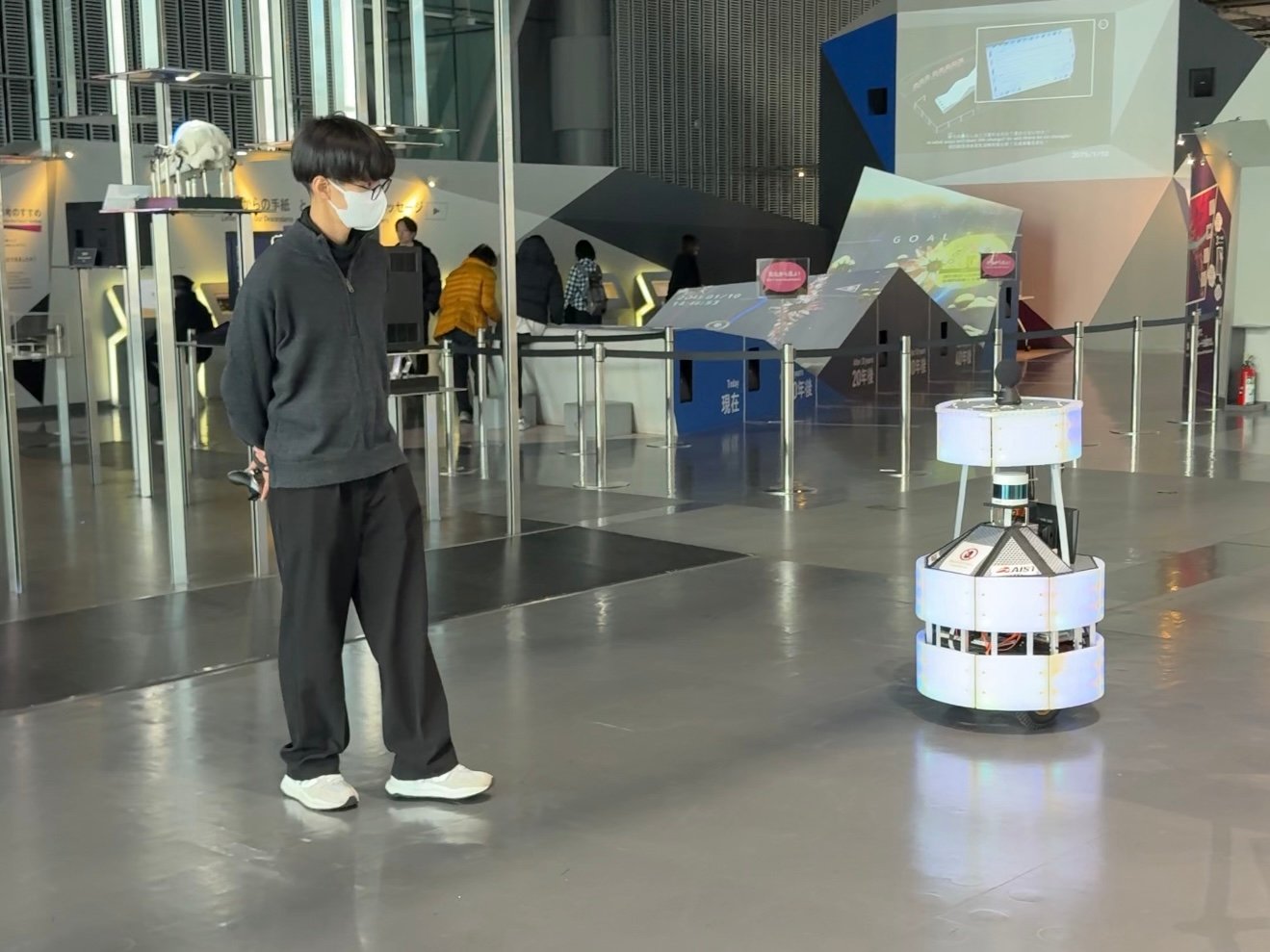
In one corner, there was a demonstration area where visitors could see how robotic hands are designed to mimic human dexterity. Another interactive station delved into the complexities of AI, illustrating how machines learn to recognize faces or objects using massive datasets.
I was thrilled to see a small group of wide-eyed children tapping on touchscreens, teaching a basic AI to recognize simple shapes. Their cheers when the AI correctly identified a triangle or circle were nothing short of heartwarming. It’s exhibits like these that really highlight Miraikan’s family-friendly appeal – kids can not only see cutting-edge science but also engage with it on their own terms.
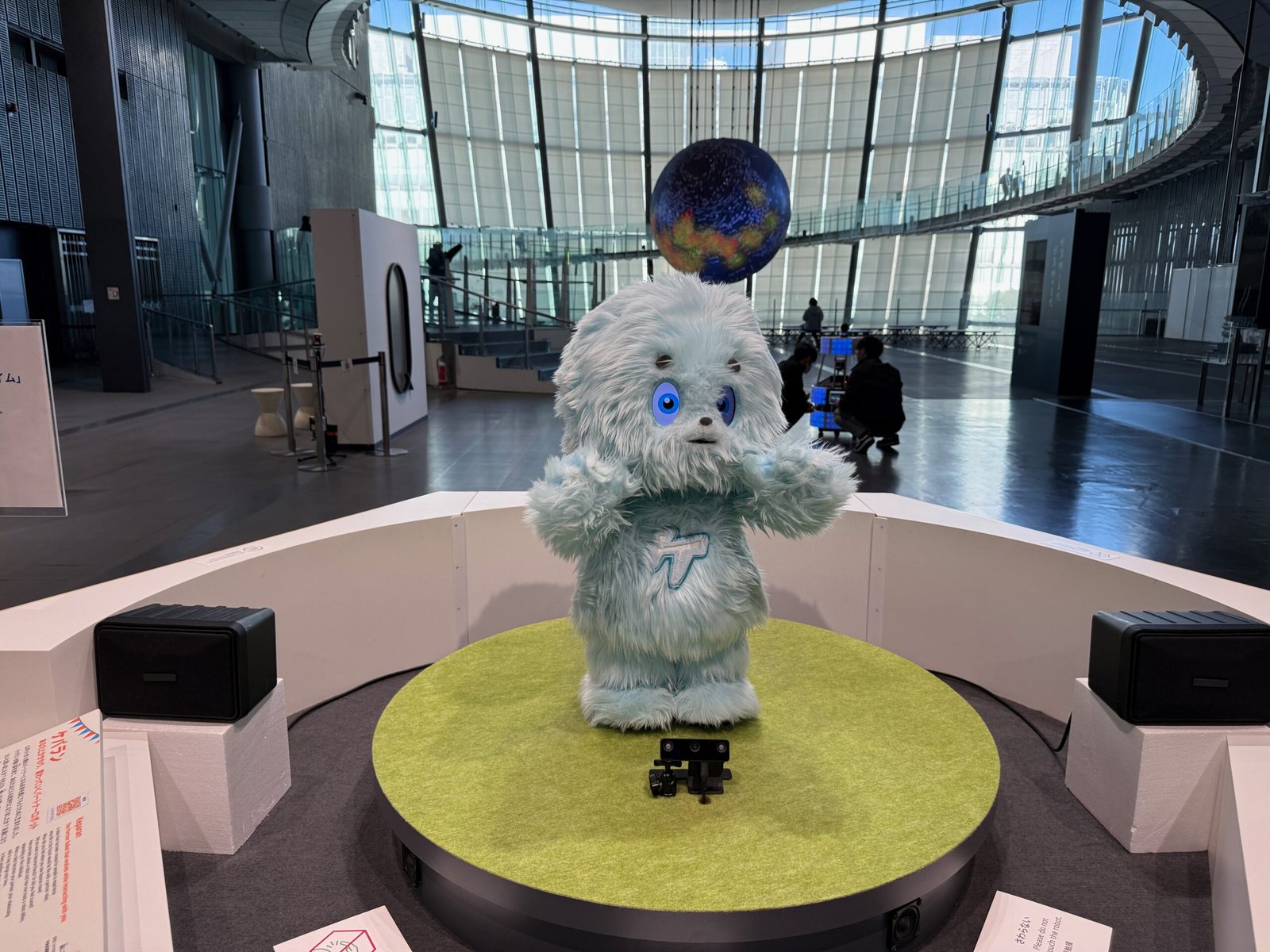
Adjacent to the robotics exhibits was a section dedicated to understanding the Internet, showing how data travels around the globe. Animated diagrams traced the invisible paths of undersea cables and satellite connections, each one pulsing with vibrant colour. I paused at a display explaining how digital information is broken into packets and reassembled at its destination – a surprisingly elegant process laid out in plain terms.
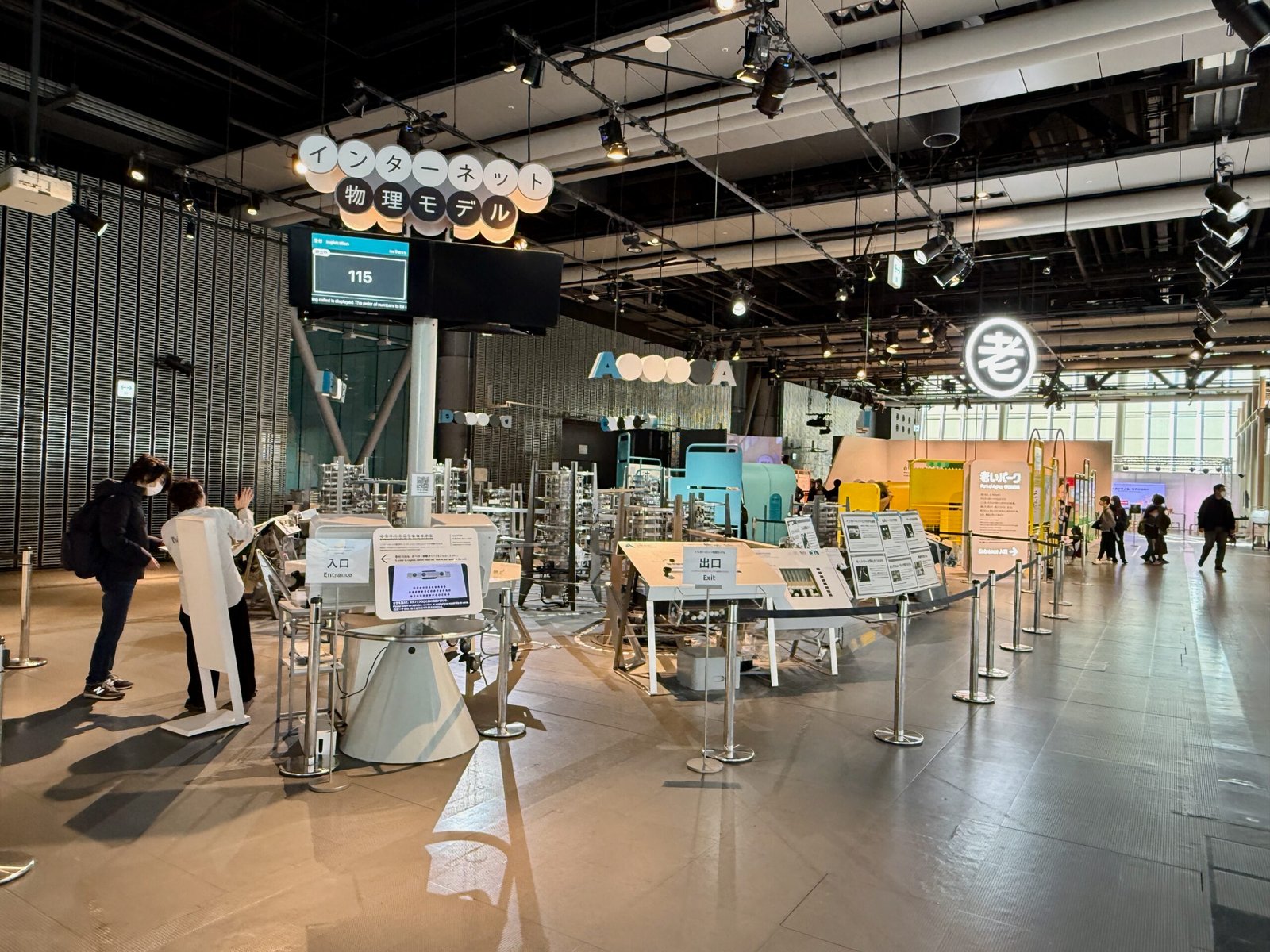
It might sound mundane at first, but the exhibit made the Internet feel surprisingly tangible. Visuals revealed the spaghetti-like networks linking continents, and one interactive station let me simulate a data packet’s journey, leaving Tokyo, bouncing across the Pacific, and arriving in North America. It was eye-opening. We use the Internet constantly, but seeing its complexity unpacked this way reminded me just how intricate a “simple” Google search really is.
8 The Talk I Almost Attended: “Who Owns Mars’ Natural Resources?”
One of the things I love about museums like Miraikan are the special presentation sessions they host periodically throughout the day. Right as I was exploring the robotics exhibit, I noticed a sign indicating that a talk was about to start in one of the adjacent presentation rooms. The topic was irresistibly futuristic: “Who Owns Mars’ Natural Resources?” The idea immediately piqued my interest, since the conversation around space law and the potential commercialization of other planets has always felt like science fiction. Now, it’s inching closer to reality.

Had I more time and Japanese language skills, I would have sat down to listen. Although some sessions are translated or have English components, I suspected this one might be exclusively in Japanese. Also, with so much more of the museum to see, I reluctantly decided to move on. Still, the mere fact that Miraikan addresses topics like off-world resource rights underscores how forward-thinking this place is. It’s not just about showing off the latest tech – it’s about provoking thought on the ethical, economic, and societal implications of science and innovation.
9 Getting Up Close with the International Space Station
Moving on to the fourth floor, I felt another surge of excitement when I spotted a life-sized replica of a module from the International Space Station (ISS). Growing up, I was always captivated by space exploration, devouring books and documentaries about life in microgravity. Seeing an actual module – well, a faithful reproduction of one, brought that fascination to life. The narrow, tube-like structure was surprisingly spacious in some respects, but I could easily imagine how claustrophobic it might feel after months in orbit.
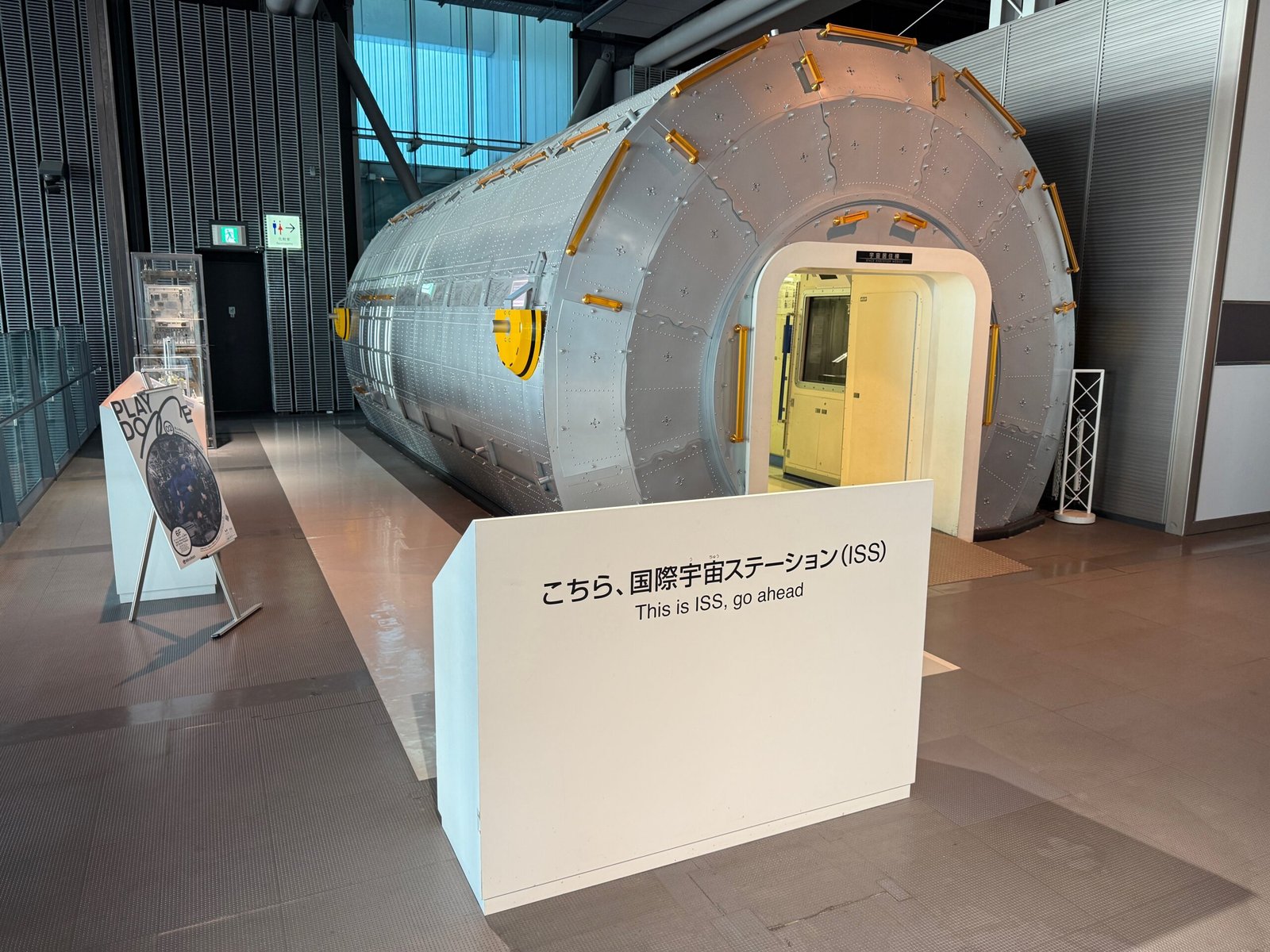
Climbing inside, I tried to picture what daily routines might be like for astronauts living there. Everything from sleeping in a zero-gravity sleeping bag to performing experiments in tight quarters must be a unique challenge. The exhibit included interactive screens where you could watch short clips of astronaut life on the ISS: how they wash their hair, brush their teeth, and even how they handle simple tasks like making coffee in microgravity. There were also scale models and infographics explaining how the ISS orbits the Earth every 90 minutes, giving astronauts a sunrise or sunset view sixteen times a day.
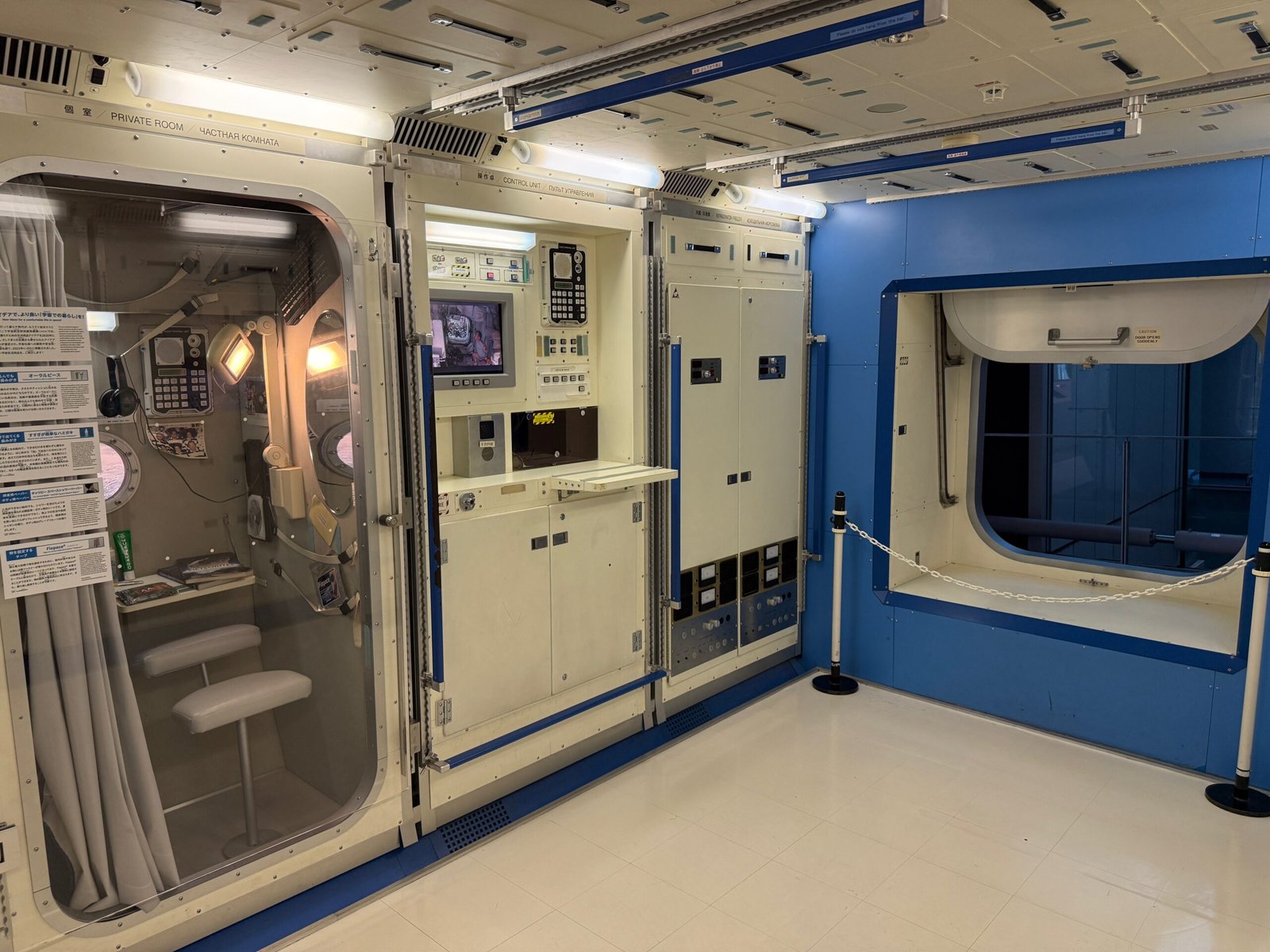
In many ways, this section of Miraikan reminded me of my previous visits to other space-focused museums- like my trip to the National Air and Space Museum in Washington, D.C. But Miraikan’s take felt uniquely Japanese, especially when it showcased the contributions of JAXA (the Japan Aerospace Exploration Agency) to the ISS and space exploration at large.
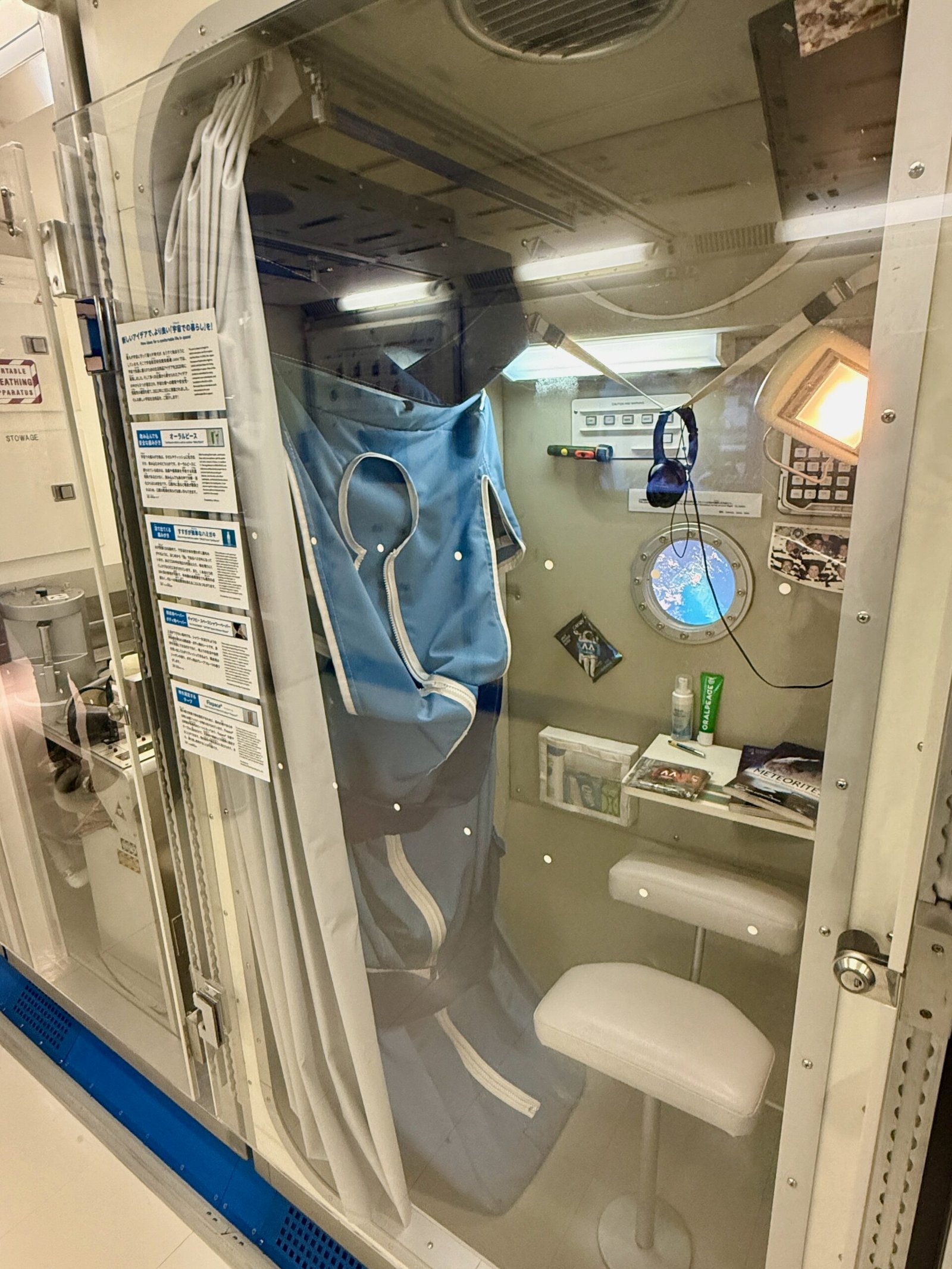
10 Stargazing and Hidden Particles: Radio Astronomy and Neutrino Detectors
Continuing along the space theme, I came upon an exhibit highlighting radio astronomy in the Atacama Desert in Chile. This immediately caught my attention, not just for its scientific importance, but because I’d once dreamed of visiting the Atacama myself for its legendary stargazing. Here, high in the desert, vast arrays of radio telescopes scan the universe, capturing signals from galaxies billions of light-years away.
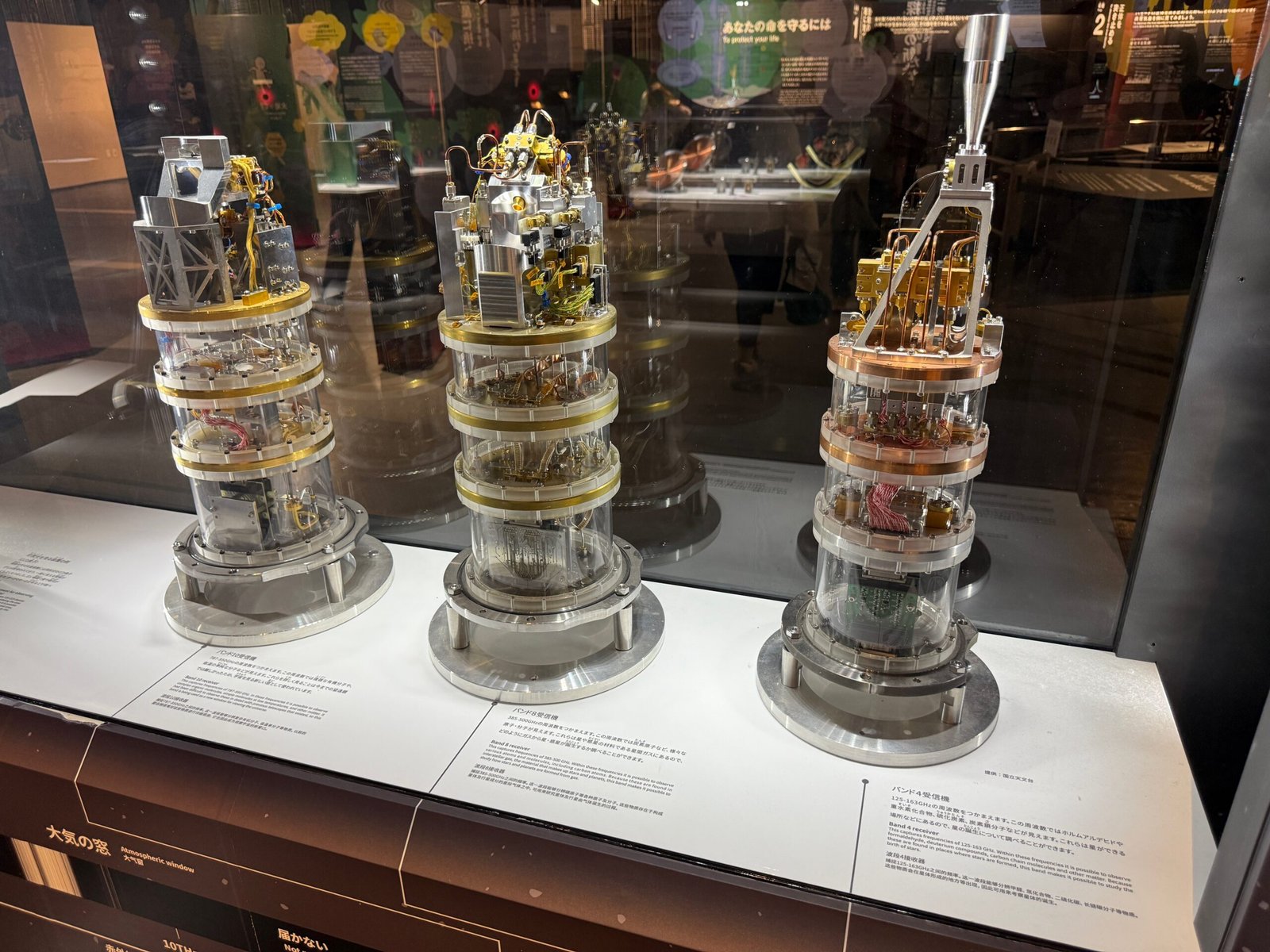
The exhibit featured stunning high-resolution images of the cosmos and a detailed scale model of the Atacama Large Millimeter/submillimeter Array (ALMA). Standing before it, I felt a powerful shift in scale – from Tokyo’s sleek modernity to the vastness of the universe. It was a humbling reminder that while Miraikan celebrates the future of our world, the cosmos operates on a timeline and magnitude that dwarfs everything we know.

Nearby, a small replica of a neutrino detector showcased one of the lesser-known but fascinating branches of physics research. Neutrinos, often called “ghost particles”, are elusive subatomic particles that pass through ordinary matter almost entirely undetected. Japan plays a leading role in this field, particularly through its world-renowned Super-Kamiokande facility.
The exhibit included a simplified model of the underground chamber: a vast tank filled with ultra-pure water, surrounded by light sensors that capture the faint flashes emitted when a neutrino interacts with a water molecule. While it might seem like a niche topic to some, I found it incredibly exciting. It was a quiet but powerful reminder of how Japan continues to push the frontiers of fundamental physics, asking questions about the universe at its most invisible scale.
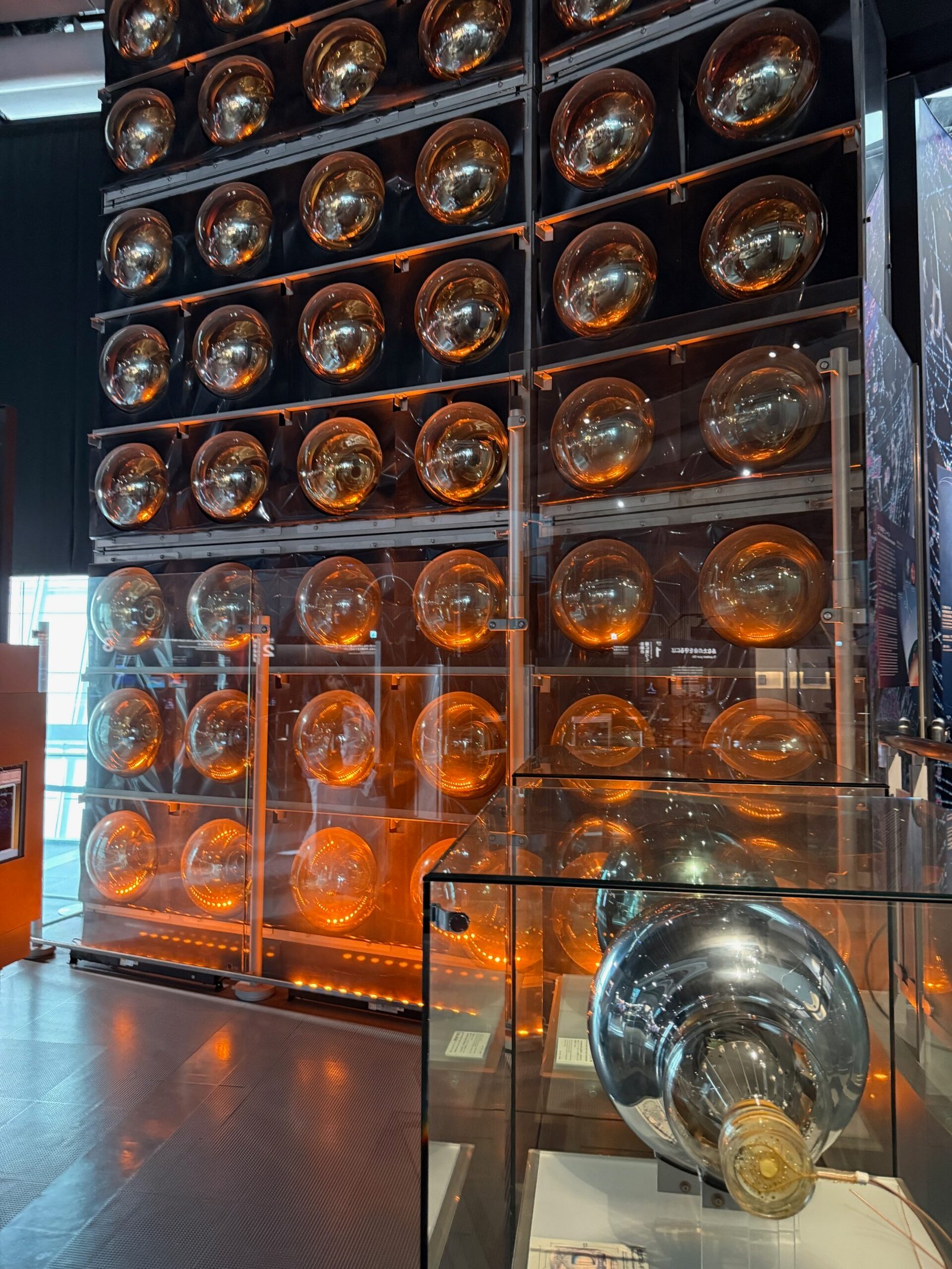
11 Practical Tips for Visiting Miraikan
If you’re planning a visit to Miraikan, here are a few practical tips I picked up along the way:
- Getting There: The Yurikamome line from Shimbashi Station is a scenic option, offering beautiful views of Tokyo Bay. Get off at Daiba Station. Alternatively, you can use the Rinkai Line to Tokyo Teleport Station and walk about 15 minutes.
- Hours: Miraikan is typically open from 10:00 am to 5:00 pm (last admission is usually 30 minutes before closing). It’s closed on Tuesdays, so plan accordingly.
- Tickets and Pricing: Adults pay around 630 yen ($4.20 USD) for general admission. There are discounts for students, children, and seniors, and certain special exhibitions might require an additional fee.
- Best Times to Visit: Weekends can get busy, especially with families and school groups. If you have the flexibility, a weekday morning visit allows you to explore at your own pace. I arrived just after opening on a weekday, and it made the experience much more relaxed.
- Duration of Visit: Plan for at least half a day. I spent around four hours and still felt I could have stayed longer, especially if I wanted to attend presentations or interactive sessions in full.
- Food and Facilities: There’s a small café inside with light meals and snacks – perfect for a quick lunch break. If you want more variety, Odaiba has plenty of restaurants, from ramen shops to international chains, all within walking distance.
- Language Accessibility: Many exhibits have English descriptions, and museum staff often speak basic English. However, if there’s a special lecture or session, check beforehand if English support is available. You might need to pick up an English audio guide.
- Souvenirs and Gift Shop: Don’t forget to check out the gift shop near the entrance. It has fun science-themed souvenirs, model robots, and educational toys—great for kids and the young at heart.
12 Pro Tips for the Science Traveler
- Keep an Eye Out for Special Talks and Events: Miraikan hosts a variety of lectures, panel discussions, and demonstrations throughout the day. Even if your Japanese isn’t fluent, some events offer translations, and others can be worth attending just for the visuals or demonstration aspect alone. Topics can range from robotics to space law, so check the schedule on the museum’s website before you go.
- Combine with a Day in Odaiba: Odaiba itself is a hotspot for futuristic experiences. You could easily pair Miraikan with a visit to TeamLab Borderless (an immersive digital art museum) or a stroll by the life-sized Gundam statue at DiverCity Tokyo Plaza. If you’re pressed for time, at least wander around Odaiba’s waterfront to soak in the skyline views.
- Interact with the Staff and Volunteers: Don’t be shy! The staff often includes knowledgeable volunteers or students studying science who are eager to share what they know. Asking questions can open doors to demonstrations you might have overlooked.
- Look Out for Seasonal or Rotating Exhibitions: Miraikan often updates certain sections with new interactive exhibits. If you’ve visited once, consider going again – there might be a new robotics prototype or a fresh science challenge to explore.
- Take Notes or Photos for Later Reflection: If you’re serious about deepening your science knowledge, I recommend jotting down notes on exhibits that intrigue you or snapping photos of informational placards. Tokyo is full of distractions, and it’s easy to forget some of the fascinating things you learn once you’ve moved on to the next attraction.
- Check Out the Geo-Cosmos from Different Floors: Because the globe is visible from multiple levels, try viewing it from both below and from the upper floors. Each vantage point gives a different perspective – looking down on it can be especially striking, as the LED lights create dazzling patterns on the surrounding space.
13 FAQs About Miraikan Tokyo
What is the Miraikan?
The Miraikan is Japan’s National Museum of Emerging Science and Innovation. Located in Odaiba, Tokyo, it showcases cutting-edge technologies like robotics, space science, AI, and Earth systems. It’s often referred to as Tokyo’s “robot museum” due to its strong focus on human–robot interaction.
Is Miraikan the robot museum in Tokyo?
Yes, Miraikan is frequently called the “robot museum” because of its standout exhibits in robotics and humanoid AI. Visitors can see real robotic prototypes, learn about Japan’s leadership in robotics, and even interact with some of them on the exhibition floor.
Is Miraikan open on Tuesdays?
No, Miraikan is closed on Tuesdays (except on national holidays, when it may open and close the following day instead). Always check the official website for up-to-date hours, especially around holidays.
How do I get to Miraikan?
Miraikan is located in Odaiba. Take the Yurikamome Line to Telecom Center Station or Daiba Station, or the Rinkai Line to Tokyo Teleport Station. All stations are within walking distance of the museum.
Is Miraikan good for kids and families?
Absolutely. Miraikan is designed to be hands-on, interactive, and fun for all ages. Children especially enjoy the robotics exhibits, the Geo-Cosmos globe, and the ISS module walk-through.
How much time should I spend at the Miraikan?
Plan to spend at least 3 to 4 hours. If you’re interested in robotics or space science, you could easily spend 5+ hours exploring exhibits, attending demonstrations, and revisiting highlights like the Geo-Cosmos.
Is Miraikan suitable for English-speaking visitors?
Yes, many exhibits include English descriptions, and museum staff often speak basic English. However, some special lectures or live presentations may only be available in Japanese.
14 A Museum for All Ages and Interests
One thing that struck me about Miraikan – beyond its astounding variety of exhibits, is just how accessible and family-friendly it is. Throughout my visit, I saw an abundance of curious children, many clad in bright school uniforms, racing from one interactive display to another. They were tapping on screens, pulling levers, and asking a million questions. Their parents or teachers, sometimes even the museum staff, would jump right in, exploring alongside them. The children’s enthusiasm was contagious, reminding me of the power of a hands-on museum in sparking lifelong curiosity.

This interactivity is woven into nearly every aspect of the museum. Instead of static displays or endless text panels, Miraikan presents complex scientific concepts in engaging, digestible forms. From robotics labs where you can watch robots walk and talk, to space exhibits that let you experience microgravity conditions virtually, each corner of this museum feels like an invitation to explore.
I spotted a few multi-generational families with grandparents, parents, and kids all equally enthralled. That multi-generational appeal is a testament to how well Miraikan balances its content – high-level, forward-looking science that still remains approachable.
Some links in this story are affiliate links. If you choose to buy through them, Curious Don may earn a small commission – at no extra cost to you. It helps support more science travel stories like this.




